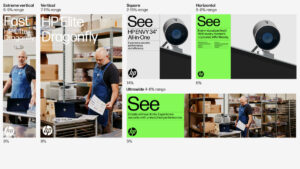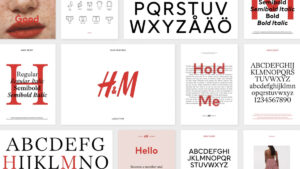It’s really interesting to see how different industries handle their strategies. I want to talk about how the tech industry and the fashion industry approach things.
The tech industry is all about constantly coming up with new and better stuff. They focus on what users want and work hard to stay ahead in a super competitive market. They put a lot of effort into making cool products that match people’s needs right now. For example, just look at Apple – they keep churning out awesome products like the iPhone and the Apple Watch, always staying at the top.

Tech companies also prioritize making sure their products are easy and fun to use. They pay close attention to how people use stuff and what they like, so the things they make work well and are simple to understand. Take Google, for example – they’re always testing and asking users what they think to improve their search engine. This care for the user helps them keep their customers and attract new ones.
Data is a big deal in the tech world. Companies use data and numbers to make good choices, from creating new stuff to selling it. By analyzing how people use things, what’s popular, and how well things are doing, they can make things that people want. Netflix is a pro at this – they use a ton of data to decide what shows to make and suggest. This helps them create stuff that their viewers love, so they keep them satisfied and watching.
Now, moving on to the fashion industry. Fashion brands need to keep up with the latest trends to stay relevant. They keep a close eye on cultural shifts, social media influences, and emerging styles to quickly adapt their collections. For example, Zara is all about quick production cycles and staying on top of current fashion trends. They bring new styles to market rapidly, making sure their stores are always filled with the latest looks that appeal to trend-conscious consumers.

In the fashion industry, brand storytelling is key. Companies create captivating narratives that connect with their audience, forging an emotional bond with the brand. Gucci is a great example of effective brand storytelling – their campaigns combine fashion with art, culture, and history to create a rich narrative that captivates their audience. By telling a unique story, they build a strong brand identity that sets them apart in a crowded market.
Fashion brands also team up with influencers and celebrities to expand their reach and build credibility. These partnerships can generate buzz and boost sales by leveraging the influence of well-known personalities. Nike, for instance, collaborates with athletes and celebrities to promote their products, boosting their visibility and aligning their brand with aspirational figures, making them more appealing to consumers.
Despite having different strategic approaches, both the tech and fashion industries focus on understanding and predicting consumer needs. Whether it’s through innovation and user-focused design in tech or trend sensitivity and brand storytelling in fashion, the ultimate goal is to create strong connections with the audience.



